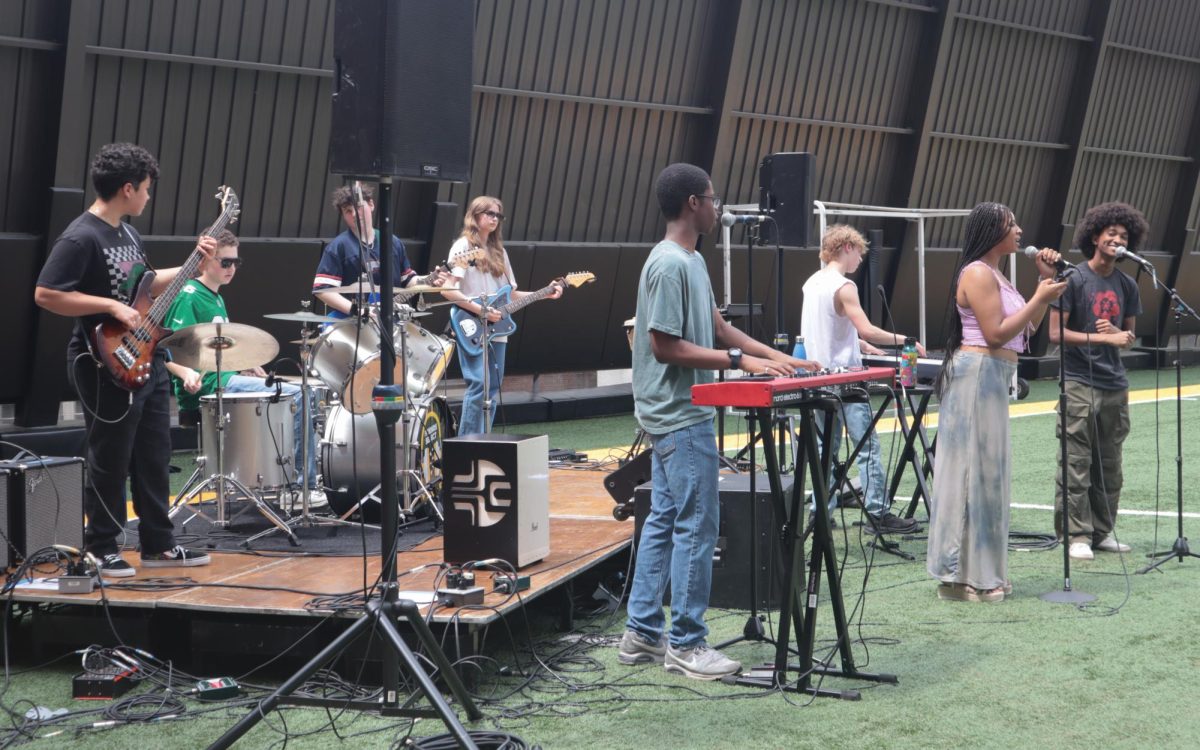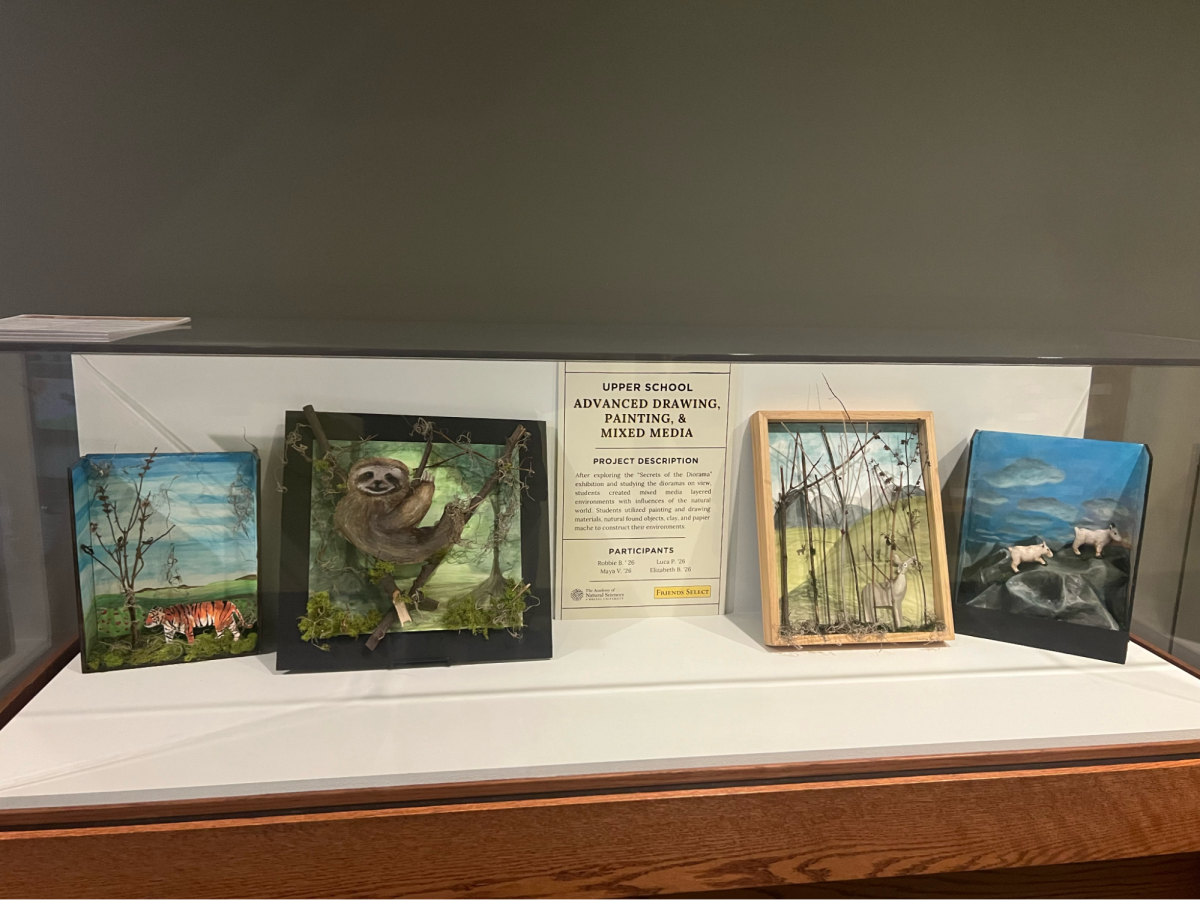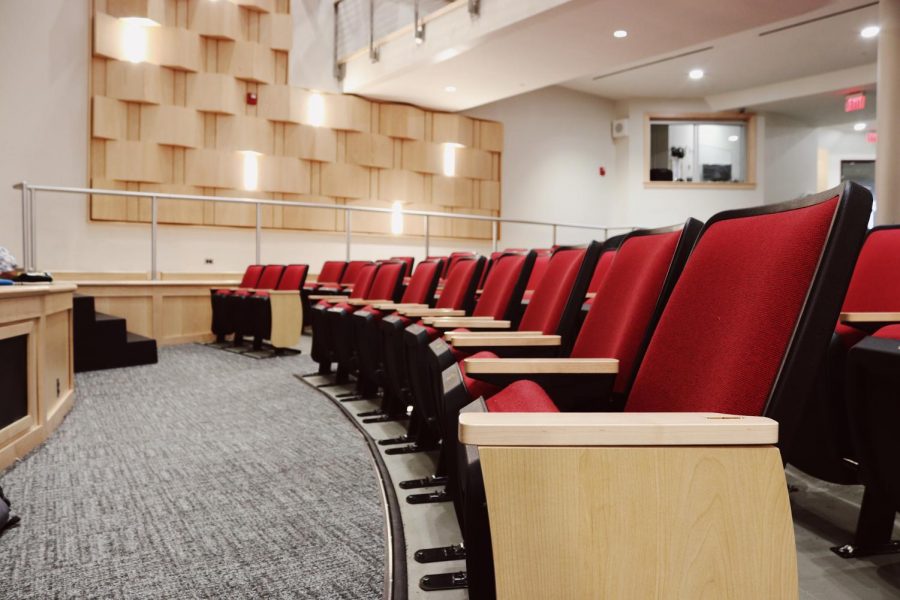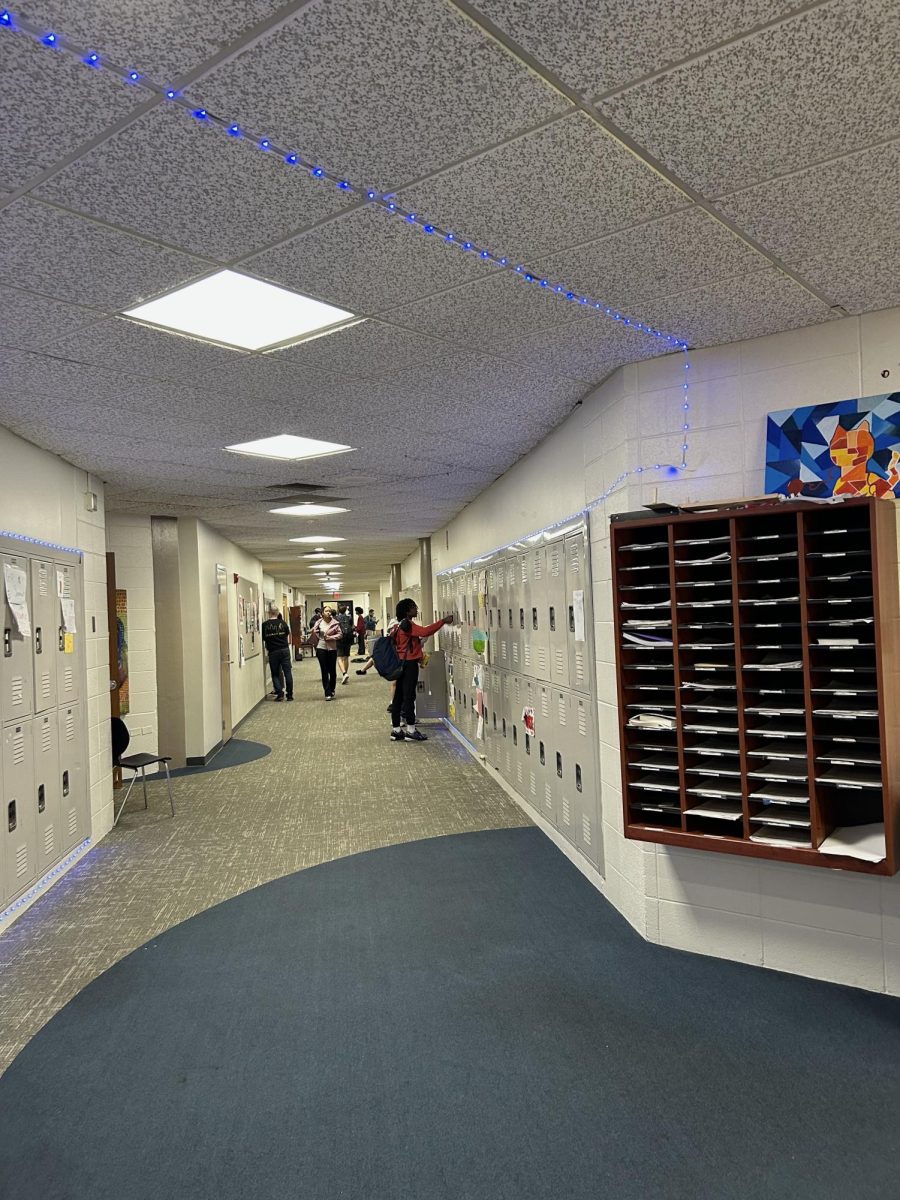Being Virtually Everything: The Life of a Parent-Teacher in COVID-19
The table, typically covered with china, silverware, and hot meals, is now home to laptops, notebooks, and half-empty water bottles. But it’s not just the kitchen table that has been transformed for Heather and Joey, it is their entire daily routine that has been turned upside down.
When the coronavirus pandemic reached southeastern Pennsylvania in March 2020, most local school districts were ill-prepared for virtual teaching. This massively impacted both students and their families. Joey Paul, the seven-year-old son of Friends Select’s Upper School Chemistry teacher, Heather Paul, felt the effect of the pandemic as he received no work from his school as his school district hurried to navigate the effects of COVID-19.
Without schoolwork, Joey lacked any meaningful regiment in his day-to-day life. In an effort to alleviate this lack of structure, Heather turned herself into what she describes as a “Pinterest mom.” She printed worksheets in different subjects for Joey to do on a daily basis. As a teacher, Heather drew from her education background and developed a daily curriculum for her son. “It was hard work, but it was also a cool experience to actually think about what is developmentally appropriate for a first grader to be learning right now.” she says.
Heather recounts that, because Joey was an only child, lockdown was particularly challenging for him. As an only child, Joey relied on those outside of his family for age-appropriate social interactions. Because of the lockdown and resulting quarantine, Joey could not interact in-person with his school friends or have play dates with friends outside of school. “Without having a sibling or even a pet, Joey really didn’t have anybody. My husband and I have each other so, even in lockdown, we still had an adult we could relate to. Joey had nobody close to him.”
Jonah Mayer, the six-year-old son of Natalie Mayer, Friends Select’s Science Department Chair and Upper School Biology teacher, is also an only child. Similarly to Joey, Jonah struggled during the beginning of quarantine because he was unable to have in-person interactions with children his own age. While, according to Natalie, “Jonah got to spend a lot of time with his grandparents, so overall he actually had it really good during the beginning, with much more attention from people who love him,” he still missed the constant interaction with his school friends and other children his own age.
Heather and Natalie were forced to show agility not only in their home lives as parents but also with respect to their professional lives as teachers. Seemingly overnight, their FSS teaching responsibilities required an abrupt switch to online learning in March of 2020. Heather and Natalie were forced to make significant adjustments both to their teaching methods and their teaching mentality. Heather described her biggest challenge as adjusting to the many schedule changes that occurred at the beginning of online learning. She explains, “I am a planner so I felt like I would plan out a couple of weeks, and then all of a sudden the plans wouldn’t work because the schedule would be different. I had to realize that it would be better to take things day by day and put aside the part of my personality so focused on planning ahead.”
Natalie explained that, at first, she really struggled with how best to utilize Zoom to teach her classes. Similarly, she found frustration in teaching Jonah the idiosyncrasies of learning via Zoom. In these trying moments, Natalie found a new appreciation for Jonah’s teachers and their efforts to keep the young students’ attention. “Jonah adored his teachers but staying engaged all day just sitting on Zoom was tough,” she says.
Both Natalie and Heather noted that, when their school decided to move to a hybrid approach whereby some students attended virtually and others in-person, teaching became very much a process of trial and error. For example, Heather explained that she first tried giving her in-person students asynchronous work while, simultaneously, teaching the students who attended virtually. She found this process to be inefficient as the teaching took longer than it should. Heather explained that it took a full week for her students to get the information ordinarily taught in one lesson. Heather next tried to have all of her students, both in class and at home, attend by zoom on their own devices. She reported that, while this new approach has worked better and she has been able to teach more efficiently, she has remained in search of the best way to go about virtual education.
Natalie has faced very different problems because she teaches in person. Natalie has utilized videos of herself teaching and has required, as homework, her students to watch them while answering guided questions. She has used class time to review the material, to have mini-quizzes and tests, and to perform labs with her students. While Natalie has reported that she believes this process to be reasonably effective, she has remained frustrated because, unable to see the students’ reactions because they are online, she is not always sure whether her students fully comprehend the lessons. In the past, Natalie has relied on the confused looks on students’ faces or their exclamations of exasperation to communicate to her that her message may not have connected. Because of all these changes and challenges, Natalie says, “Even though I’ve been teaching for almost 20 years, I feel like I am a new teacher this year. I feel like everything is new. I am making new tests, new lessons, and adjusting the way I teach everything.”
Engaging with students while attending school in a hybrid fashion has proven challenging; however, with time and an allowance for experimentation, Heather and Natalie have begun to discover what works best for their classes. Heather says “I am finding it easiest to connect with fully virtual students because I am in the same boat. I feel like I have more in common with the students that are 100% virtual”
Natalie has tried many different ways to engage with her students that she feels are working. Before class starts every day, she makes sure to say hello to each student individually whether they are at home or in-person. She uses breakout rooms so she can interact with smaller groups of students. Natalie also feels students are more comfortable meeting with her individually this year during her office hours because students feel more comfortable talking to her from their own home as opposed to coming into her classroom to meet.
Natalie says that last spring she was “missing the hands-on experience of classes. Part of being a science teacher is being able to let students perform hands-on labs and learn through doing and there was none of that last year.” She decided to send students home with lab supplies at the beginning of the school year this year and thinks it is going very well and she remains excited at the opportunity to do labs with her classes again
Like their mothers, Jonah and Joey have gotten into more of a routine, which has made their day-to-day life much easier. Joey’s school now has Zoom classes every day. His school spent a lot of time getting the kids used to Google Classroom and to Zoom. Heather now does not have to help Joey throughout the day, he is able to get on Zoom and complete all his assignments by himself. On what she sees to be a very positive note, Heather says that because of the realities of the pandemic, Joey has definitely become more independent.
Because Jonah is in school full-time, Natalie says he seems a lot happier. She explains that “being with his friends every day, that energy that he gets from them is intangible and incredibly valuable.” Similar to Heather’s observation of Joey, Natalie also believes that Jonah has become more self-sufficient because of the pandemic. She says, “For the record, Jonah now teaches me how to use Zoom.”
Natalie and Heather are not alone in their situations. CBS News recently reported that “Many working parents around the U.S are having to dial back on work or even quit their jobs to look after their children, while many schools and daycare centers remain closed.” In many cases, it has been the mothers who have been forced to quit their jobs due to the fact that women are paid less than men. While Natalie and Heather both faced many challenges while navigating how to adjust to teaching online while helping their children adjust to learning online, they have been able to find a way to be there for their children and continue to serve the FSS community.























Peter Ryan • Nov 17, 2020 at 2:21 PM
Thanks for writing this, Mia – huge shout out to Heather Paul for waking up before class every Wednesday to teach the Sustainable Chemistry independent exploration!